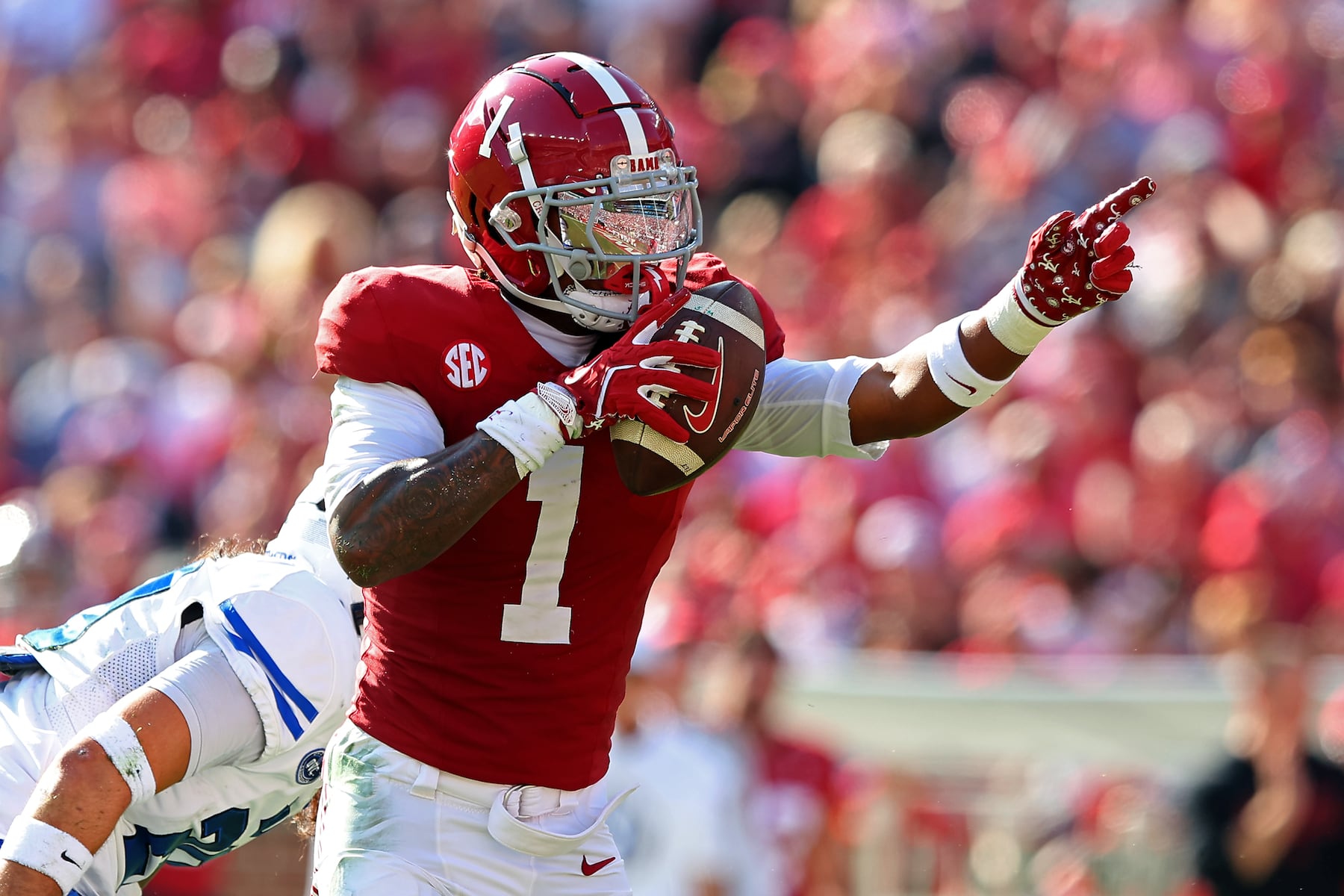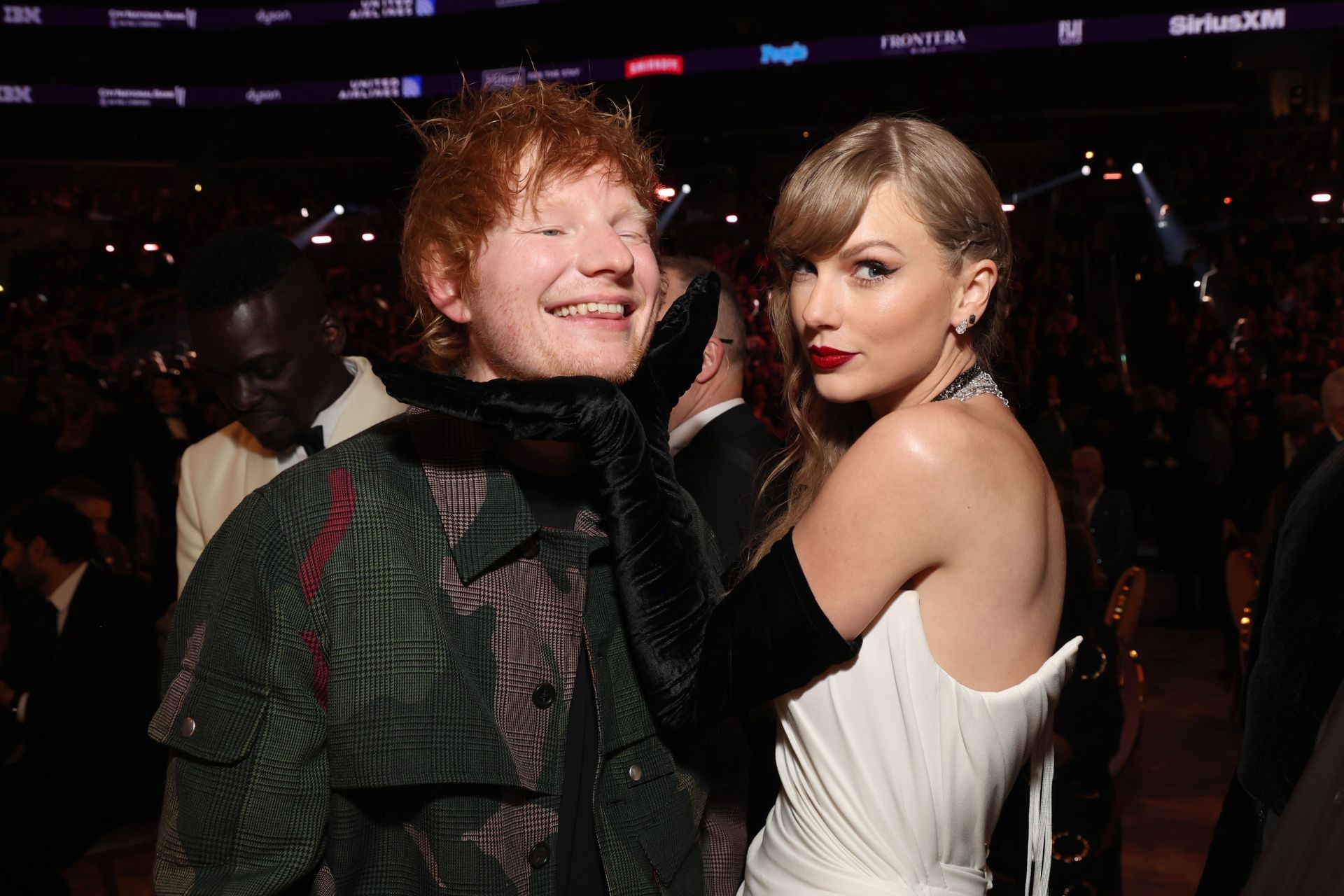Jakian Parks was almost apologetic as he spoke to the small group of local press assembled for a media preview of his solo exhibition, “The Black Land.” “I’m very nervous speaking in front of a crowd.” His smile seemed to be equal parts uncomfortable jitters and profound delight as he shifted in his square-toe cowboy boots and took a deep breath. He need not have worried: the journalists gathered were rapt as the young, effervescent photographer and documentarian walked us through his solo exhibit at Oklahoma Contemporary’s Mary LeFlore Clements Oklahoma Gallery. The exhibit, which opened on Nov. 6, pays homage to Parks’ native Oklahoma and focuses on his authentic representation of Black American cowboy culture and community. His photography emphasizes intergenerational connections between youth and elders, as well as the deep family and communal roots embedded in rodeo traditions. Parks grew up attending rodeos with his aunt and became immersed in Black rodeo culture at a young age. The self-taught artist captures moments that connect the past to the present, the oldest living generation to the youngest, and the land to the complicated history between Black Americans and agriculture. There is so much happening in Parks’ photography; the artistic choices are purposeful, meaningful, and powerful. Saturated reds and wan whites symbolize broader aspects of Black America, well beyond what is portrayed in the media or taught in school. The photos’ settings move from a raucous Pony Express rodeo relay event to a grandmother’s house, tidy as a pin and symbolizing comfort, identity, and cultural roots. In his portraiture, the facial expressions are arresting. The direct gaze conveys the confidence and determination of today’s Black cowboys, but also gestures toward the resilience of generations of African Americans who have worked the land, both in and out of captivity. In “Homegirls,” a group of tween cowgirls look at the camera, their collective tenacity on display. Together, they are everything: the easy bond between them, the mix of tough and sweet, what they know and what they don’t yet know. In “Our Ancestors’ Dream,” the littlest cowboy sits astride his horse and stares bravely into the camera as he grips the saddle. Parents everywhere will recognize his tiny, dimpled knuckles as an indication of just how young he really is. Any Oklahoman could tell you that from the barren look of the trees, it was probably cold-and that he was being brave about that, too. The photo feels both of this time and from another era entirely, and it stays with you long after you’ve left the museum. To miss the through lines of the work would bean exercise in practiced avoidance. As the press release for the exhibition so beautifully states, “For Black Americans, farmland evokes a lineage of forced labor, sharecropping and ongoing challenges around ownership and sovereignty. Yet ‘The Black Land’ also affirms the expertise and insight that have emerged from this proximity. Through its gestures and imagery, the exhibition suggests that ancestral spirits hold the key to a deeply rooted knowledge of plantation systems, gardening traditions and livestock ranching.” “‘The Black Land’ is a ceremonial parade of the admiration and respect we have for ourselves and our ancestors,” said Chloe` Flowers, guest curator for the exhibition. “The overlap between faith and forward action creates a supernatural progression for Black people. I hope viewers are able to see their reflections in the work and implement more advancement into their lives.” Parks’ work feels part art, part archive. Take, for example, the image “Pony Express.” The Pony Express is an eight-man relay race on horseback, originating in Oklahoma’s Black rodeos. It is considered even more engaging than bull riding, as it is highly competitive and pushes audience engagement to a new level. As Parks explained the details of a Pony Express event to the small crowd, you could feel him relax into his expertise and experience. Standing by his side was Flowers, his longtime friend, collaborator, and-in his own words-“muse.” A writer, archivist, and educator from Houston, Flowers explores the intersections of visual culture, cultural history, nostalgia, and critical race theory through prose, essays, and curatorial practice. As the show’s curator, she had many hard choices to make; the version of the exhibition that reaches viewers is the result of a thousand decisions. “There were a lot of good images,” Flowers explained. “We had to do a lot of work to get it down to the pieces we really loved.” Flowers also helped determine what would be the key image of the show, “8 Seconds.” “I knew that it was going to be the one,” said Flowers. “When I talk to people about ‘8 Seconds,’ I compare it to when a recording artist has a new album: they have that one song that plays on the radio. ‘8 Seconds’ is like that-the single.” “We just really love the candid moments here,” Flowers continued. “His skin, the melanin in his skin. But then also the greenery in the back, and of course we wanted to keep the element of red. And again, as we said before, just the youth connection to equestrianism. When you see cowboys, it’s often a man aged 30 to 50. But in Oklahoma, Black children really have a relationship with rodeo, and they’re committed to it.” Parks’ unassuming nature belies not only his talent but also his résumé and the recognition he has received, including collaborations with Pharrell Williams for the Louis Vuitton Men’s Fall-Winter 2024 show in Paris, France, and a campaign honoring Black History Month with bootmaker Timberland. In addition, Parks has promoted Black rodeo culture through his work with the nonprofit Oklahoma Cowboys. His deeply authentic connection to this community provides both the access point and profound affinity he has with his subjects. The respect he has for the people in his photographs borders on reverence, in the best possible way, capturing an overlooked strength and beauty. The closeness of the photographs leaves the viewer haunted by their power. Parks is at the very beginning of what has all the makings of an incredible career, and Oklahoma Contemporary is wise to embrace the young artist and provide this platform. Jakian Parks: The Black Land Nov. 6, 2025-June 1, 2026 Oklahoma Contemporary 11 NW 11th St. Oklahoma City, OK 73103 okcontemporary. com | 405-951-0000 Admission to exhibitions is always free.
https://www.okgazette.com/arts-culture/sacred-soil/
Sacred Soil



